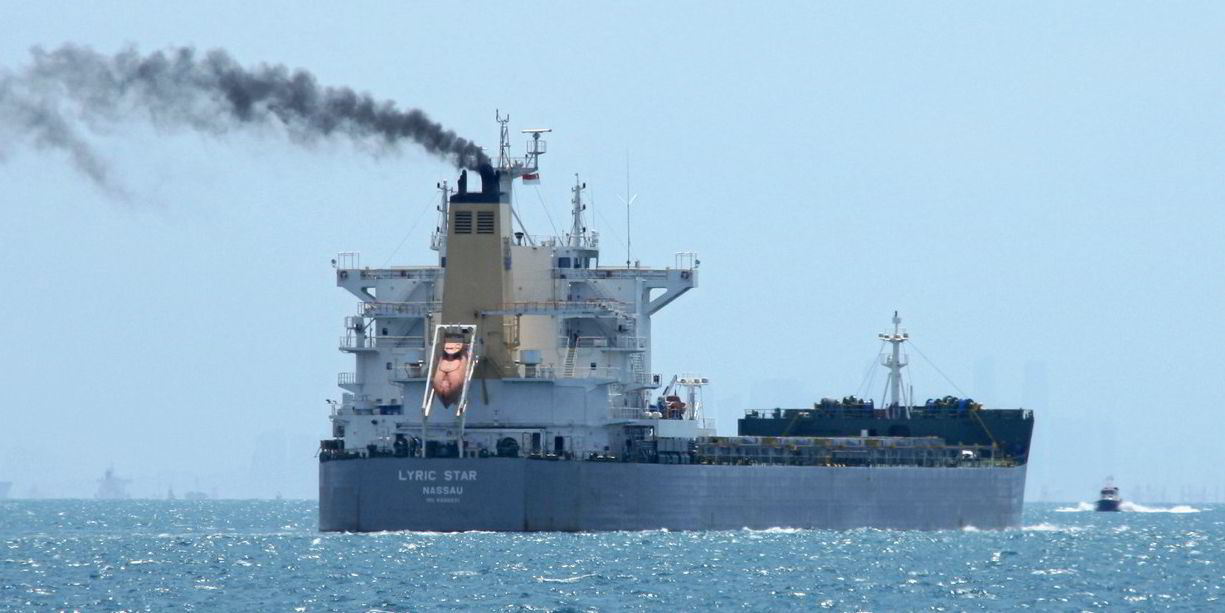Grain volumes for 2021 are expected to come in lower than originally forecast, but that should not weaken a strong dry bulk market, according to analysts.
Braemar Shipping Services cut its June estimate for bulk agricultural shipments by 2.7% to 665m tonnes after the US Department of Agriculture lowered a number of export forecasts.
But Braemar noted that the downward revision is still 8.2% higher than its 2020 forecast and would still represent the highest year on record, if realised.
Grain shipments to the end of July have already reached 84.5m tonnes before the autumn harvest, exceeding deliveries for the same period last year by 10.4%.
Chinese food security

"This is the highest volume on record and is largely down to China's restocking of its food inventories, with the country focused on the food security of its population, according to its latest Five Year Plan," Braemar wrote in its latest weekly report on dry bulk shipping.
But for the 2021-2022 season, the US Agriculture Department lowered its forecasts for Russian wheat output by 14.7% to 72.5m tonnes and for western Canada by 24% to 24m tonnes, Braemar said.
"Cold weather and droughts in key wheat-producing countries have led to a reduction in our forecast for full-year 2021 where we now see total seaborne wheat trade at 128.9m tonnes, a decline of 3% on our previous forecast but still 4.3% higher year over year," the broker wrote.
Analysts seem none too worried, however, about the possibility of lower volumes hurting spot rates for the midsize bulkers that typically carry grains.
Slightly lower grain volumes may weaken rates temporarily, but they should remain firm over the long haul due to a low orderbook, Noble Capital Markets analyst Poe Fratt said.
"We need to watch seasonality, port congestion and other minor bulk shipments, like cement and finished steel, since those factors will also influence rates," he told TradeWinds.
Average panamax bulker rates have been above $30,000 per day for most of the past several weeks, after starting the year at just under $12,300 per day, according to the Baltic Exchange. Supramax rates have been even stronger, ending August at more than $38,000 per day.
A reduced grain outlook into next year does present headwinds for rates, but volumes should stay high enough to reach long-term growth forecasts, according to Jefferies analyst Randy Giveans.
"The grain trade will certainly remain robust in the second half of 2021, primarily driven by Chinese demand," he told TradeWinds.
"They will get the cargoes from wherever it takes, whether the US, Latin America or elsewhere."
Further, rates for the smaller ships will stay firm amid heightened demand for minor bulk commodities and containers that an overloaded boxship sector cannot handle, he said.
Meaningful impact

"We expect rates for sub-capesizes to remain firm in the second half of 2021 and in 2022, although we expect capesize rates to outperform the smaller asset classes in the coming months and quarters," Giveans said.
Capesizes, which do not carry grains, should continue to outperform the rest of the dry bulk sector, but lower iron ore prices and slower steel output from China could cause them to decline, according to John Kartsonas, founder of asset-management advisory firm Breakwave Advisors.
"I am more worried though about the state of the steel market in China," he told TradeWinds.
"The recent steep drop in iron ore prices and the ongoing signalling by the steel industry of curbs in production will potentially have a more meaningful impact."
He said these two factors and the high capesize rates, which have recently been pulled back from average rates that peaked above $50,000 per day after starting the year at just under $16,700 per day, may lead to lower figures in the weeks ahead.
"I don't think this means a collapse or anything like that, but historically both the time of the year and the recent steep increase in rates point to a period of consolidation in the near term," Kartsonas said.
Looking further out, Braemar expects annual grain volumes to fall only 4.4% by 2025 to 765m tonnes.
"This can be attributed to the fact that weather disruptions, more so than changes in demand, are behind the supply issues, and will not have an effect on future harvests."







